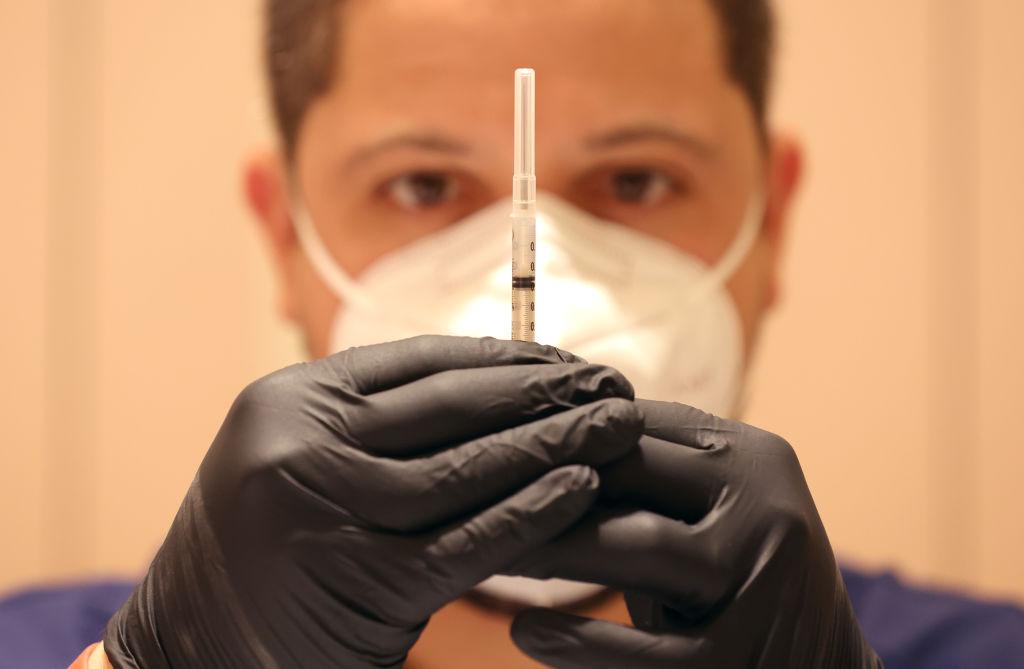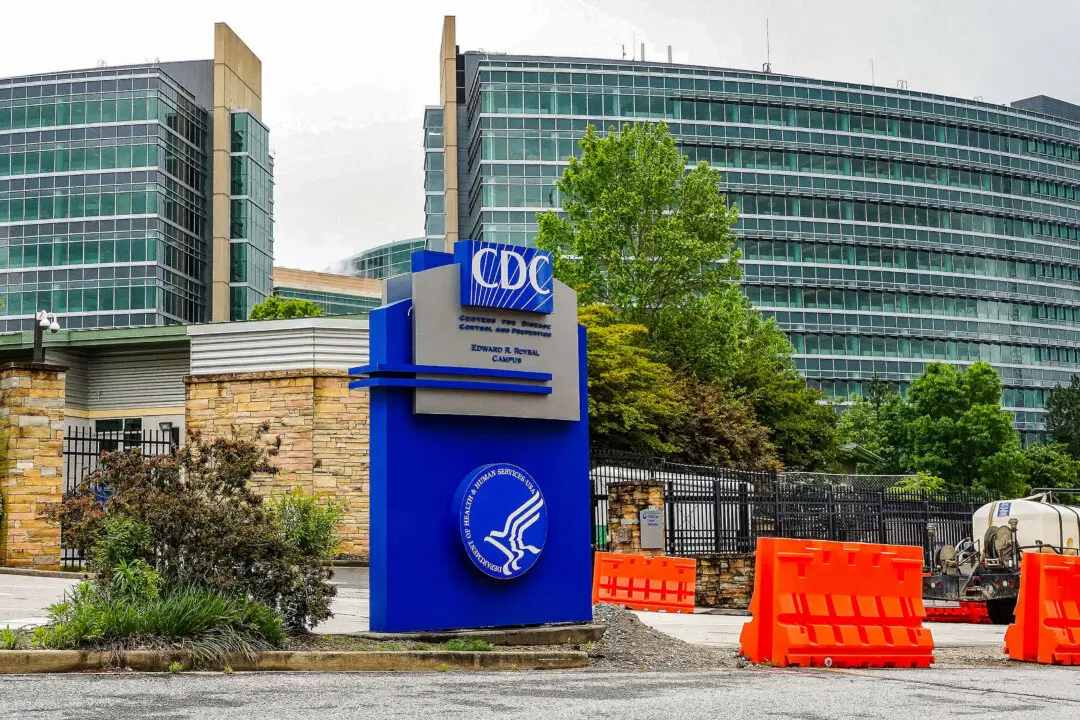About 4.4 million Americans have received an updated COVID-19 vaccine booster dose since the start of September, according to data recently released by the Centers for Disease Control and Prevention (CDC). That figure represents approximtely 2 percent of the people who are currently eligible to receive the new booster doses.
The federal health agency started recommending the bivalent COVID-19 vaccine booster doses made by Pfizer and Moderna several weeks ago. They’re designed to combat Omicron sub-variants BA.4 and BA.5.





